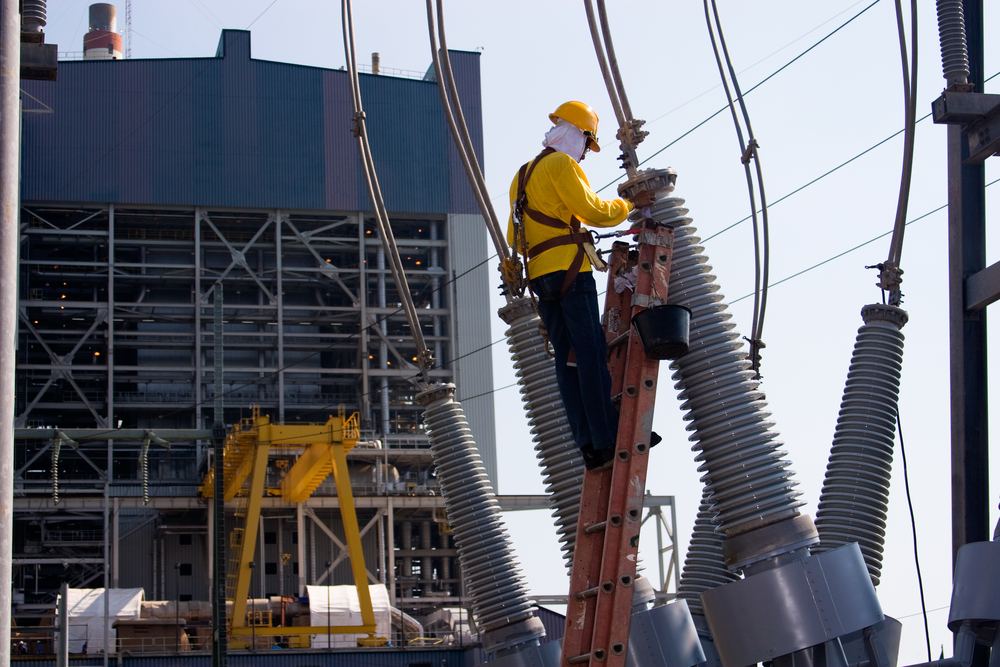Condition-based maintenance: a boost against the competition

To compete in today’s global economy, businesses are searching for potential advantages that won’t cost them an arm and a leg, or even a new engine.
A growing number of industries—from marine companies to power utilities—have found such an advantage in condition-based maintenance (CBM), which can improve maintenance, repair and operations (MRO) efficiency and boost sustainability.
CBM relies on the Industrial Internet of Things (IIoT) to capture real-time data from sensors embedded in industrial assets so that maintenance is performed only when it’s needed—rather than at scheduled intervals—helping manufacturers drastically reduce unplanned downtime.
In addition, by lengthening the lifecycle of assets through CBM, businesses reduce the need to produce or procure new parts or equipment. Also, curbed resource waste and consumption contributes to a more sustainable business from both an environmental and profitability standpoint.
For industries such as manufacturing, transportation and utilities, these benefits are proving to be game-changers. In fact, the top three industries that invested in IIoT in 2018 were manufacturing ($189 billion); transportation ($85 billion) with a focus on freight monitoring and fleet management; and utilities ($73 billion), with a focus on smart grids, according to IDC Research.
And because sensors have dropped in price but improved in functionality, the market has responded with economical CBM solutions that bundle hardware, software and services; and cover the broad spectrum of safety, quality and value to fit manufacturers’ needs.

Some examples include:
Vibration monitoring in the power industry. Power companies are using data such as vibration rates emitted from IIoT instruments to monitor the health of assets such as engines, pumps and compressors. This allows the utility to understand trends, and monitor performance, quality or impending failure. They can then conduct targeted repairs instead of diagnosing with limited information or responding only after a failure. By avoiding going off-line through unexpected equipment failures, utilities can dodge the loss of real-time revenue streams and minimize the costly practice of buying replacement power from competitors.
Safety at sea in the marine industry. In the marine industry, fleet owners are beginning to leverage CBM technology to improve MRO processes at sea. Fortunately, most electrical equipment onboard ships already include embedded sensors or provides data such as temperature, pressure, current power and switchboards, easing the way for the implementation of CBM. Ship owners also use data from ultrasonic monitoring to detect deep subsurface defects such as hull corrosion. That’s important given limited parts as well as maintenance teams at sea.
Listening carefully in the oil and gas industry. The detection and location of leaks in buried pipelines that are under flow conditions is a primary concern for the oil and gas industry. Monitoring data from acoustic emission sensors, sounds emitted by material deformation, structural motion or external impact help identify and localize leaks much faster than conventional methods. Use of CBM programs on buried pipelines thus helps hone MRO processes while protecting the environment.
These and other global industries are getting a leg up by strategically transforming MRO into a competitive advantage. As technology helps them move forward, companies that take steps to implement CBM are poised to set themselves apart from rivals as they improve overall performance, reduce waste and cut costs.
This concludes our introduction to condition-based maintenance.
About the author
Senthil Kumar is a digital enterprise business development consultant working in the Asia-Pacific presales and consulting group within Siemens PLM Software. He has been with Siemens for 18 years playing numerous roles within business consulting, presales and implementing PLM solutions. He has worked with several companies in the machinery, energy, automotive, aerospace and defense, and HTE industries across many countries.


